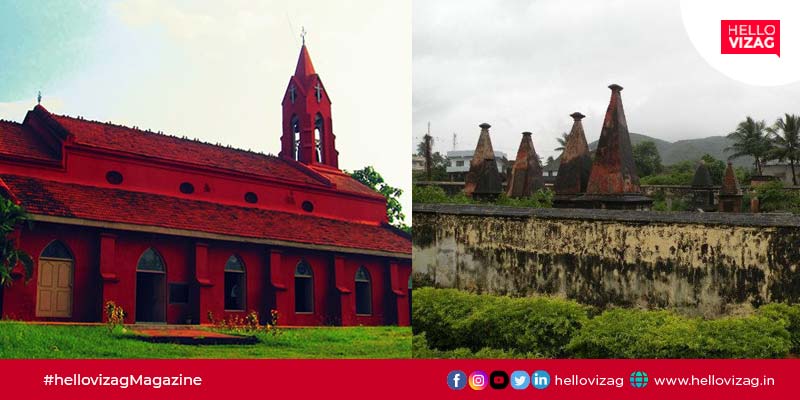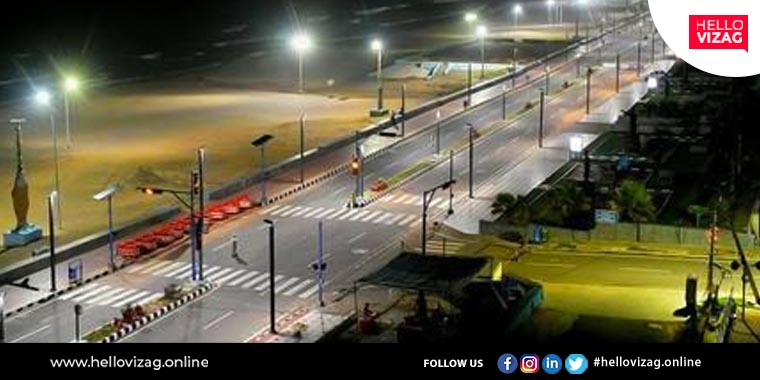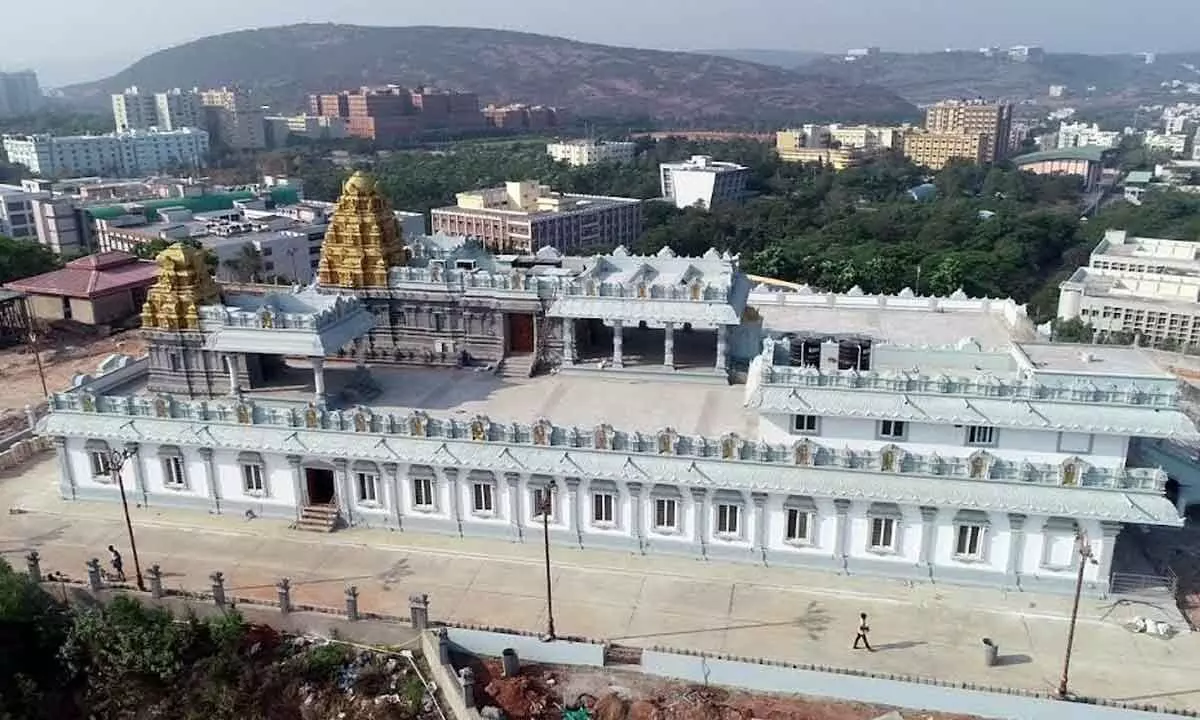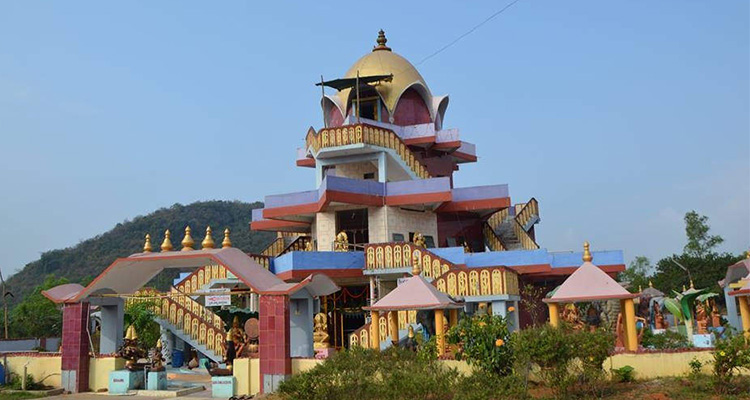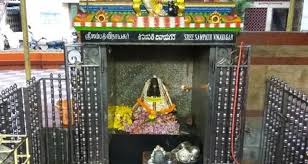5 historic sites and monuments in Bheemunipatnam aka Bheemli
Bheemunipatnam, also known as Bheemili, is located north of Visakhapatnam, away from the hustle and bustle of the metropolis. This town's history traces back to the 17th century when it prospered as a marine commerce destination.
Bheemili was one of India's most important colonies for both the Dutch and the British during that time. It was established in 1861, making it India's second-oldest municipality. Due to its colonial background, the small hamlet has various old edifices representing British and Dutch architecture.
Here is the list of 5 historic sites and monuments in Bheemunipatnam
St Peter's Church
The chapel in Bheemili, St. Peter's Church, often known as the 'Red Church,' was consecrated during the British era. The ruby exterior of the stained glass windows depicting biblical narratives is the church's crowning glory. The structure's most fascinating aspect is that it was built to amplify sound so that the speaker could hear back in the day.
Dutch Cemetery
The Dutch Cemetery at Bheemunipatnam, located near the lighthouse, is divided into two sections. While there are British burials at the entrance, the remainder of the area is filled with Dutch tombs. Each of the cemetery's fifty-two tombs resembles a pyramid, with the reason of death written on the tombstones.
Clock Tower
The enormous tower, adorned with arches, has massive clocks on each of its four sides. The clock tower, built by the Dutch in the early eighteenth century, was formerly an essential feature in Bheemili.
Narasimha Swamy temple
The shrine's presiding deity, Bheemeswara Swamy, is on Pavuralakonda's hill. According to the temple history, the Mindi Kings are reported to have built the temple in the 14th century (sthala purana).
Lighthouse
The lighthouse, which is painted white and black, rises tall on the beach of Bheemili Beach. Under the British administration, the port was built in 1868 to transport trade from Chennai and Kolkata.

 Team Hello Vizag
Team Hello Vizag
